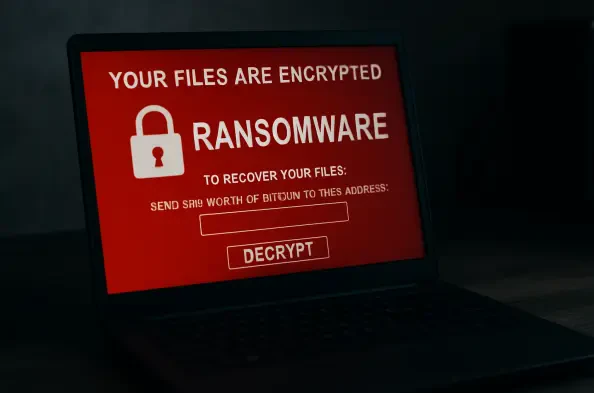Emerging as a formidable adversary in cybersecurity, KAWA4096 ransomware, identified by SpiderLabs in 2025, is a sophisticated threat targeting organizations across the United States and Japan. This newly uncovered variant exhibits aggressive and advanced tactics, purposefully engineered to maximize disruption and inflict significant damage. The ransomware’s intricate approach involves exploiting Windows Management Instrumentation (WMI) to delete shadow copies, which effectively prevents victims from easily recovering their encrypted data. Employing commands such as “vssadmin.exe Delete Shadows /all /quiet” and “wmic shadowcopy delete /nointeractive,” KAWA4096 efficiently eradicates backup snapshots from infected systems, ensuring limited options for data retrieval.
Pioneering Persistence and Concurrency
KAWA4096 ransomware distinguishes itself through its configuration-driven model, permitting customization according to the specific attack scenario. This model dictates which files, directories, and services are to be excluded or targeted, enabling the ransomware to precisely tailor each execution. The variant employs advanced techniques for persistence and concurrency, notably by spawning a mutex to prevent multiple instances from running simultaneously. Additionally, it creates up to ten concurrent threads for file encryption, expediting the encryption process while maintaining system stability. This parallel processing approach enhances the ransomware’s disruptive impact, particularly on shared network drives, where comprehensive targeting is achieved.
The emphasis on evading detection and neutralizing potential threats is a core characteristic of KAWA4096. It systematically terminates processes associated with antivirus software and backup solutions such as Veeam and Acronis. Furthermore, the ransomware targets specific services, including SQL and SAP systems, actively seeking out processes like TeamViewer and QuickBooks that could hinder its operations. By shutting down these obstructive applications, KAWA4096 aims to maintain its foothold in compromised environments, minimizing interference and maximizing its devastating effects.
Similarities to Known Threat Actors
An intriguing aspect of KAWA4096 is its strategic avoidance of encrypting specific file types such as .exe, .dll, and .sys, alongside sidestepping system-critical folders. This ensures that the victim’s environment remains functional enough to receive the ransom note, though recovery of encrypted data is extremely limited. The social engineering tactics employed by KAWA4096 bear resemblance to those used by other ransomware groups; its ransom note format mimics that of Qilin, and its data leak site design echoes Akira’s. Such similarities might be employed either to increase credibility or to deliberately confuse investigators by drawing parallels to established threat actors.
While direct evidence does not yet link KAWA4096 to any particular ransomware group, its techniques and presentation indicate a high level of technical acumen and familiarity with the operations of known cybercriminal organizations. This underscores the urgent need for vigilance among organizations, which are advised to continually monitor for distinct behavioral indicators. Strengthening defenses through robust endpoint protection, comprehensive backup strategies, and proactive threat-hunting services becomes essential to counteract KAWA4096’s sophisticated and evolving tactics effectively.
Adapting to the Cyber Threat Landscape
Discovered by SpiderLabs in 2025, KAWA4096 ransomware poses a significant threat to cybersecurity, particularly affecting organizations in the United States and Japan. This malware is known for its sophisticated and aggressive nature, specifically designed to cause widespread disruption and severe damage. One of the most concerning aspects of KAWA4096 is its use of advanced tactics, particularly in how it exploits Windows Management Instrumentation (WMI) to remove shadow copies. Removing these copies is a critical step because it prevents victims from restoring their encrypted files easily. The ransomware executes commands like “vssadmin.exe Delete Shadows /all /quiet” and “wmic shadowcopy delete /nointeractive” to thoroughly eliminate backup snapshots from compromised systems. This means affected users have significantly fewer options for data recovery. KAWA4096’s capability to effectively erase backup options ensures that victims face considerable challenges in retrieving their data, making it a particularly formidable menace in the cyber world.






